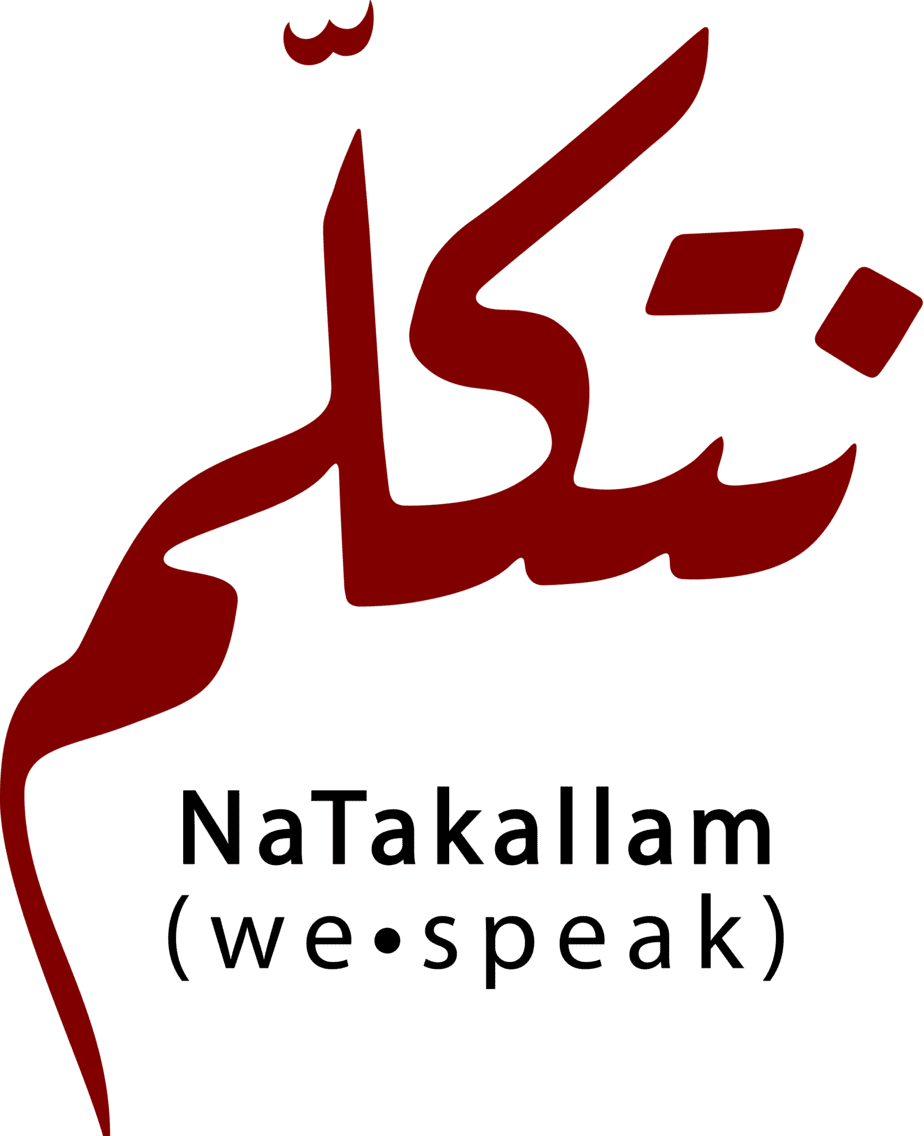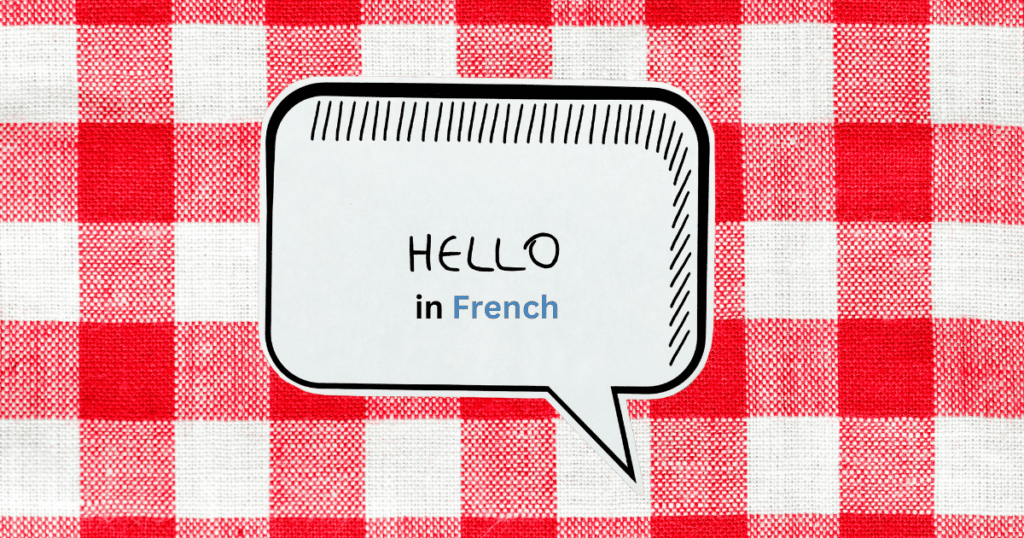15 Ways to Say Hello in Russian
If you only know a single word in Russian, it is likely that one word is privet (привет), meaning “hello.” But did you know that this greeting is only one of the many ways you can say hello in Russian? Russian has a wide variety of expressions across the formality spectrum, which are used depending on how well the speakers know each other and the specific conversational context. From slang to professional greetings, this article will have you prepared to greet any Russian speaker you encounter.
1. Privet (Привет)
This is the most basic Russian greeting, simply meaning “hello.” This is an informal way to address anyone from friends to family members, and has the same usage as “hi” or “hey.” The response is usually the same back, but you can also mix it up with any of the other greetings below!
2. Zdravstvuite (Здравствуйте)
This is the formal version of “hello” and can be used in any situation from a doctor’s office to a day out shopping. Note that because of the formality, you would not use this with friends. In fact, this word is actually plural, meaning it can be used to greet a group of people or just a single person to whom you wish to show respect. This greeting also has a shortened informal singular form, zdravstvui (здравствуй), which you can use with people you are more familiar with.
If you want to greet someone you are even closer to, you can shorten this word even more to zdrastee (здрасьте). Because this greeting is abbreviated, some people might see it as rude or lazy if you use it instead of one of the more proper forms. Therefore, it is best to save it for friends and people who will see it as endearing rather than offensive.
If someone says one of these greetings to you, you can use their level of formality as your cue and repeat the same form of the greeting back to them.
3. Dobroe utro/den/vecher (Доброе утро/день/вечер)
This greeting structure is based on the time of day you are using it. Just as with the English “good morning/afternoon/evening,” dobroe (доброе) means “good,” (though the literal meaning is “kind,”) and the second word designates the time of day. Utro (утро) means “morning,” and is used until noon. Den (день), literally meaning “day,” is used from noon until about 6 pm. Vecher (вечер) means “evening” and is used anytime after 6. These greetings are all quite formal, but can be used in most contexts with people you are not very close to. The response is the same phrase repeated back, or zdravstvuite (здравствуйте), since the greetings have a similar level of formality. These phrases can also be repeated at the end of the conversation, to bid someone goodbye.
An important note is that you can also say dobroe nochi (доброе нoчи), meaning “good night,” but, as in English, this is really a way to bid someone farewell in the evening, not a greeting, and has the connotation of “sleep well.”
4. Zdorovo (Здорoво)
This greeting, literally meaning “health,” is an informal greeting that can be used to say “hey” to good friends. This word is pronounced with stress on the second syllable, unlike the word for “great/nice/cool,” zdorovo (здoрово), which is written the same way but stresses the initial syllable. Thankfully both words have a positive meaning, so even if you get the stress wrong, the worst that will happen is that your conversation partner will think you are saying they are really cool!
5. Privetik (Привeтик!)
This informal greeting is a diminutive or “cute” form of the basic privet (привет). This greeting has a playful and childlike connotation, similar to “heya!” It is best to use this greeting only with people you are really friendly with, or with children!
6. Hello (Хеллo) and Hey (Хaй)
If you guessed these greetings came from English, you would be right! These casual greetings are popular among young people and are frequently used online, especially as access to American and Anglo culture is increasing through social media.
Another related greeting you might hear is hiyooshki (xаюшки), a “cute” version of the English loan word with a diminutive suffix. These anglicisms are definitely popular among hip young people, though not without their Russian twist! In response to these greetings, you can respond with either of these loan words, or choose another playful greeting from this list.
7. Yo! (Йо!)
This is another greeting that is likely familiar to English speakers. Yo (йо) is a very colloquial way to say “hi” to your close friends. Once again, it is popular over text and social media, but is also spoken among young people. Any casual greeting on this list would be a good response!
8. Privyetstvuyu (Привeтствую) and Privyetstvuyu vas (Привeтствую вас)
This formal greeting literally means “I am greeting you,” like the English “greetings.” The addition of the word vas (вас), “you-plural,” is appropriate when greeting multiple people or a single person in a polite way. These greetings would be most appropriate if you were addressing an audience, such as at a conference.
9. Allo (Алло) / Alyo (Алё) / Ello (Элло)
These words, meaning “hello,” are used only while answering the phone, but they are important to know nonetheless. They are completely interchangeable, so which one you use is based on your preference and style. The response is usually any other greeting on this list, depending on the level of acquaintance between the caller and the callee.
10. Privet, tovarish (Привет, товарищ)
This phrase, meaning, “Hello, comrade,” has Soviet roots and is slightly out of fashion in modern contexts, but you will often hear it in old films and between old friends. The English equivalent of this phrase would be, “Hello friend,” or “Hello my brother.”
11. Kak dela? (Как дела?)
This phrase literally translates to “How are your affairs?” but has the meaning of a casual “Hey, how are you?” Though this is often asked as a question after another informal greeting, like privet (привет), it can also be used on its own if you bump into a friend on the street or have another similar casual encounter.
12. Dobro pozhalovat (Добро пожаловать)
This greeting, meaning “welcome,” will be found at the entrance of any city or region in Russia and is often said if you enter a retail environment. The literal definition is “kind staying,” so you are wishing someone a kind visit to the area or establishment. This phrase is rather formal and restricted in context, but it is certainly useful to know, especially if you are hosting a Russian speaker.
13. S priyezdom (С приездом)
You are likely to be greeted with this phrase after a long journey. Though it is best translated as a less formal “welcome,” it literally means “[congratulations] with arrival.” If you just arrived somewhere by plane, you are also likely to hear S prilyotom (С прилётом), which means “[congratulations] with your flight.” The best response to these phrases is just spasibo (cпасибо), which is the standard word for “thank you.”
14. Salam aleykum (Салáм алéйкум)
If you are an Arabic speaker, this greeting is likely to be familiar. Meaning “Peace be upon you,” this greeting is used across the Arabic-speaking and Muslim world in the context of “hello.” Islam is one of the biggest minority religions in Russia, representing about 10% of the 146 million population. It is not uncommon to hear this greeting used between friends in Russia, if they have some religious connection to Islam or an ethnic connection to a predominantly Muslim culture. This phrase can simply be repeated, but you can also say the true Arabic response, wa aleykum salam (уа алeйкум cалaм), meaning “and upon you be peace,” if you want to express true respect and reverence.
15. Skol’ko let, skol’ko zim! (Сколько лет, сколько зим!)
If you really want to sound comfortable in Russian, you can use this colorful phrase as a greeting, which means “How many summers, how many winters?” signifying it has been a long time since you have last seen each other. This greeting, though poetic, is informal and is best used with old friends! The best response is any other friendly greeting and you can catch up from there.
Are you curious about what to say after the greeting? Book a session today with one of our native Russian-speaking Language Partners at NaTakallam and start your conversational journey. By working alongside our skilled tutors from displaced backgrounds, you are making a social impact with each lesson!
Sign up now! Learn a language, change a life.
15 Ways to Say Hello in Russian Read More »






